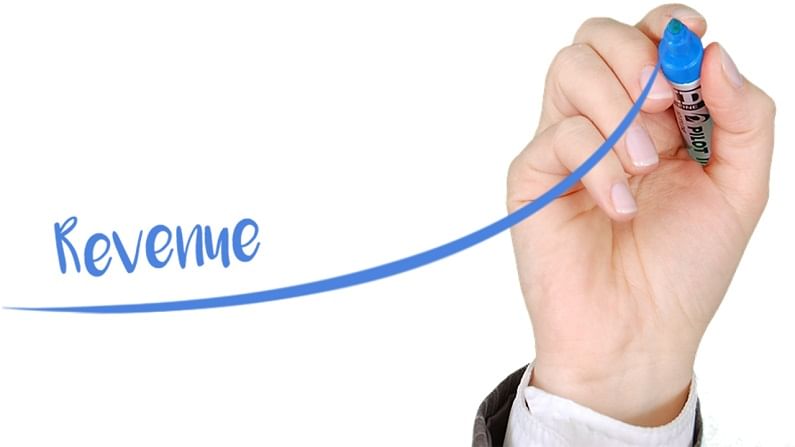Q1 revenue seen falling 8-10% sequentially; year-on-year may clip at 50%: Report
India Inc is likely to report a sequential decline of 8-10% in revenue at Rs 7.3 lakh crore for the first quarter of this fiscal.

Disruptions in business activities caused by the second wave of the pandemic may bring India Inc revenue down by 8-10% sequentially in the June quarter to Rs 7.3 lakh crore, as per a report. Similarly, operating profit is also expected to log a 6-8% drop on a sequential basis, but be at least 65% higher year on year, given a low base.
Decline in domestic revenue
On an annualised basis, however, revenue growth is expected to be buoyant on the lower base to the tune of 45-50%, according to an early estimate of the first-quarter earnings season that was kicked by TCS last evening.
The largest software company said its domestic revenue dipped by Rs 350 crore, even though overall revenue jumped 18.5% to Rs 45,411 crore and net income soared 28.5% to Rs 9,008 crore. India Inc is likely to report a sequential decline of 8-10% in revenue at Rs 7.3 lakh crore for the first quarter of this fiscal, led by consumer discretionary products such as automobiles, which saw volumes impacted by the lockdowns across the states to contain the second wave of the pandemic infections, Crisil said in a note Friday.
Commodities sector
Annualised revenue is likely to grow 45-50%, riding on higher volume on a low base and higher realisations due to an increase in commodity prices. Factoring out commodity sectors, year-on-year revenue growth will be lower at 37-40%, the report said. The Crisil estimate is based on an analysis of 300 companies, which account for 55-60% of the market capitalisation (excluding financial services and oil companies). The sequential drop will be broad-based, with 25 of the 40 sectors represented by these 300 companies logging lower revenue.
Robust year-on-year revenue growth is reflective of higher commodity prices and a low base last year. On a sequential basis, however, sectors like automobiles, FMCG, and construction have seen moderation, while steel and aluminium continued to grow strongly because of high commodity prices, according to the report.
Export-linked sector
Even export-linked sectors like IT and pharma have shown strong resilience in weathering the blow of the second wave sequentially, it noted. The operating margin is expected to improve by 170-370 bps year-on-year but by a mere 0-50 bps quarter-on-quarter. Excluding aluminium and steel products, year-on-year margin expansion will be lower at 20-60 bps, while sequential margins will be flat. As many as 27 of the 40 sectors are expected to log a sequential drop in margins. Commodity prices were on an upswing for a while now with steel prices jumping 17% sequentially and around 50% year-on-year in Q1.
Even rubber-ruled firms and crude-linked commodities saw a sharp jump in line with the 118% year-on-year and 13% quarter-on-quarter increase in crude price. But, most commodities are expected to see a moderation in H2, and given the limited ability to pass on prices, they might see operating margin moderating. For sectors like steel, aluminium, and automobiles, the margin is set to soar by over 1,000 bps year-on-year in Q1, led by price hikes. Sequentially, though, the margin will increase only for aluminium. For automobiles, lower discounts, price hikes linked to BS-VI rollout and the commodity cycle, and a high fixed cost base of last year will aid year-on-year improvement in margin. But, barring auto components, most OEM-linked segments saw a drop in margins sequentially. Cement was impacted by higher freight and fuel costs and so was the construction sector, where the margin is set to dip over 250 bps sequentially. Similarly, FMCG and power also were hit by commodity prices with margins remaining flat annually for FMCG but falling sequentially.